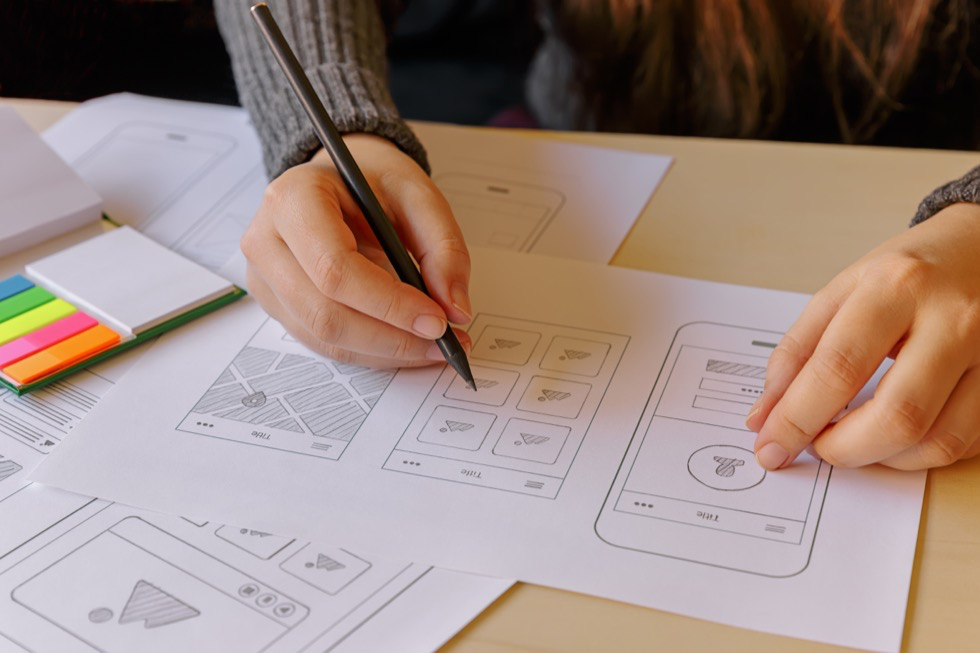As we discussed in a recent article, product managers play a critical role in ensuring that product teams deliver on user feedback and expectations. But what happens when a product manager wants to get more involved in the hands-on design of a product?
The skills that make a product manager successful can also be applied to product design in unique and useful ways. Here’s how to consider transitioning from product manager to product designer.
Ensure you have the requisite skills.
Though they both focus on product development, product management and product design are two distinct disciplines. You may not require a formal design background to be a product manager, but you will need some design training to be a successful product designer.
Luckily, there are many ways to make this transition smoothly. If you have a design background, consider shadowing your design team closely as you start to make the switch from management. This will help you gain important insights into the unique design processes that go into your product.
If you haven’t been trained as a designer, talk to your employer about what training they would be willing to fund. With a multitude of online or distance learning opportunities, you don’t necessarily need to leave your current role to gain key skills.
Bring strategy to your new role.
Product managers are responsible for the high-level strategy that guides the product road map. This often means listening to user feedback, conducting research, and interfacing with different departments.
Product designers are also strategic but on a different level. Rather than considering the scope of the entire product, they focus their decisions on the individual design decisions that best serve the end user.
It’s important to remember that the strategic thinking that made you a successful product manager is critical for your success as a product designer, too, but must be brought from the “big picture” to the concrete and tangible.
Understand design systems.
We’ve talked about design systems before, from how to build one to ways to ensure your system stays consistent across products. But as a product manager, you may not have directly used your product’s design system in a while—or ever.
Now is the right time to connect with your design colleagues and understand the design system they have created. Ask them how the system is applied across different UX elements and what goes into updating and maintaining the “look and feel” of your product.
Now more than ever, as products grow increasingly complex, the skills of a product manager are the perfect complement to product design. For example, being able to understand the cross-functional work that goes into building and maintaining a product can make you a stronger designer.
Luckily, moving from product management to product design is possible with the right combination of skills, experience, and perspective. Both product managers and designers ultimately want to serve users and provide them the best possible product experience—and that commitment to the user is key no matter the discipline.

